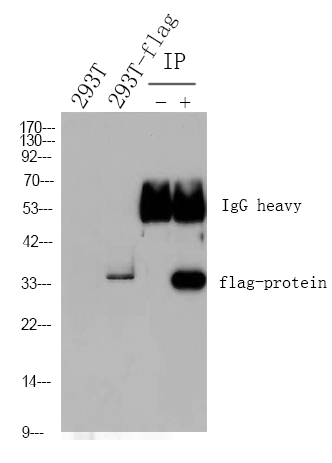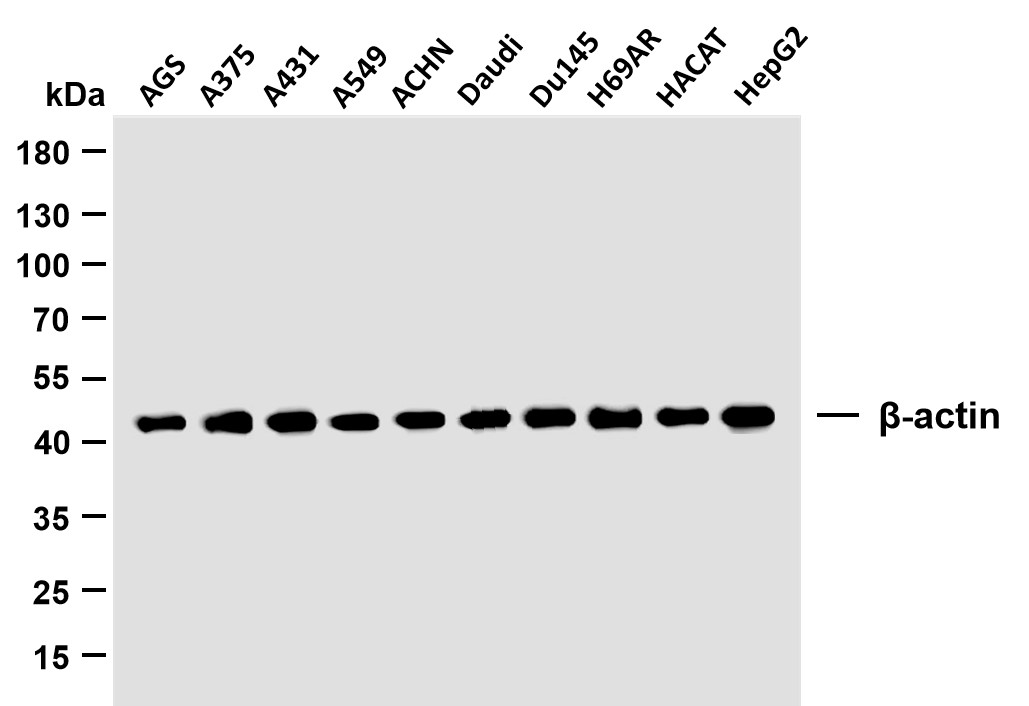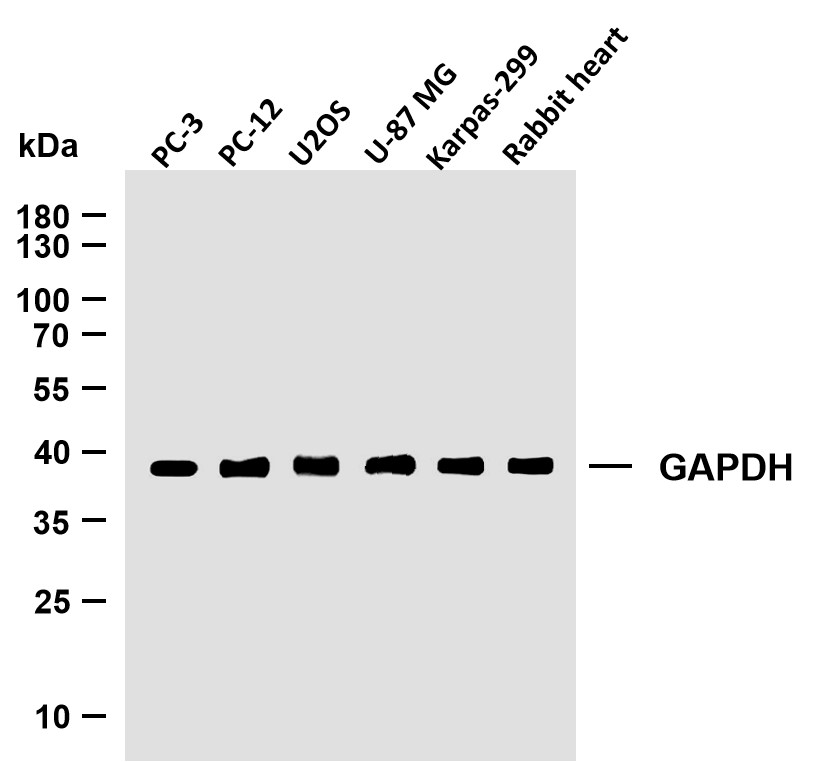
Catalog: YN2518
Size
Price
Status
Qty.
200μL
$450.00
In stock
0
100μL
$280.00
In stock
0
40μL
$150.00
In stock
0
Add to cart


Collected


Collect
Main Information
Target
FPR2
Host Species
Rabbit
Reactivity
Human, Rat, Mouse, Swine
Applications
WB, ELISA
MW
38kD (Observed)
Conjugate/Modification
Unmodified
Detailed Information
Recommended Dilution Ratio
WB 1:500-2000; ELISA 1:5000-20000
Formulation
Liquid in PBS containing 50% glycerol, and 0.02% sodium azide.
Specificity
FPR2 Polyclonal Antibody detects endogenous levels of protein.
Purification
The antibody was affinity-purified from rabbit antiserum by affinity-chromatography using epitope-specific immunogen.
Storage
-15°C to -25°C/1 year(Do not lower than -25°C)
Concentration
1 mg/ml
MW(Observed)
38kD
Modification
Unmodified
Clonality
Polyclonal
Isotype
IgG
Related Products
Antigen&Target Information
Immunogen:
Synthesized peptide derived from human protein . at AA range: 130-210
show all
Specificity:
FPR2 Polyclonal Antibody detects endogenous levels of protein.
show all
Gene Name:
FPR2 FPRH1 FPRL1 LXA4R
show all
Protein Name:
N-formyl peptide receptor 2 (FMLP-related receptor I) (FMLP-R-I) (Formyl peptide receptor-like 1) (HM63) (Lipoxin A4 receptor) (LXA4 receptor) (RFP)
show all
Background:
function:Low affinity receptor for N-formyl-methionyl peptides, which are powerful neutrophils chemotactic factors. Binding of FMLP to the receptor causes activation of neutrophils. This response is mediated via a G-protein that activates a phosphatidylinositol-calcium second messenger system. The activation of LXA4R could result in an anti-inflammatory outcome counteracting the actions of proinflammatory signals such as LTB4 (leukotriene B4).,similarity:Belongs to the G-protein coupled receptor 1 family.,tissue specificity:Expressed abundantly in the lung and neutrophils. Also found in the spleen and testis.,
show all
Function:
Function:Low affinity receptor for N-formyl-methionyl peptides, which are powerful neutrophils chemotactic factors. Binding of FMLP to the receptor causes activation of neutrophils. This response is mediated via a G-protein that activates a phosphatidylinositol-calcium second messenger system. The activation of LXA4R could result in an anti-inflammatory outcome counteracting the actions of proinflammatory signals such as LTB4 (leukotriene B4).,similarity:Belongs to the G-protein coupled receptor 1 family.,tissue specificity:Expressed abundantly in the lung and neutrophils. Also found in the spleen and testis.,
show all
Cellular Localization:
Cell membrane ; Multi-pass membrane protein. Associates with Amyloid-beta protein 42, product of APP, at the cell surface and the complex is then rapidly internalized (PubMed:11689470). Also internalized in the presence of humanin (PubMed:15465011). .
show all
Tissue Expression:
Detected in lung, bone marrow, neutrophils, spleen and testis.
show all
Research Areas:
>>Neuroactive ligand-receptor interaction ;
>>Neutrophil extracellular trap formation ;
>>Staphylococcus aureus infection
>>Neutrophil extracellular trap formation ;
>>Staphylococcus aureus infection
show all
Reference Citation({{totalcount}})
Catalog: YN2518
Size
Price
Status
Qty.
200μL
$450.00
In stock
0
100μL
$280.00
In stock
0
40μL
$150.00
In stock
0
Add to cart


Collected


Collect
Recently Viewed Products
Clear allPRODUCTS
CUSTOMIZED
ABOUT US
Toggle night Mode
{{pinfoXq.title || ''}}
Catalog: {{pinfoXq.catalog || ''}}
Filter:
All
{{item.name}}
{{pinfo.title}}
-{{pinfo.catalog}}
Main Information
Target
{{pinfo.target}}
Reactivity
{{pinfo.react}}
Applications
{{pinfo.applicat}}
Conjugate/Modification
{{pinfo.coupling}}/{{pinfo.modific}}
MW (kDa)
{{pinfo.mwcalc}}
Host Species
{{pinfo.hostspec}}
Isotype
{{pinfo.isotype}}
Product {{index}}/{{pcount}}
Prev
Next
{{pvTitle}}
Scroll wheel zooms the picture
{{pvDescr}}



















